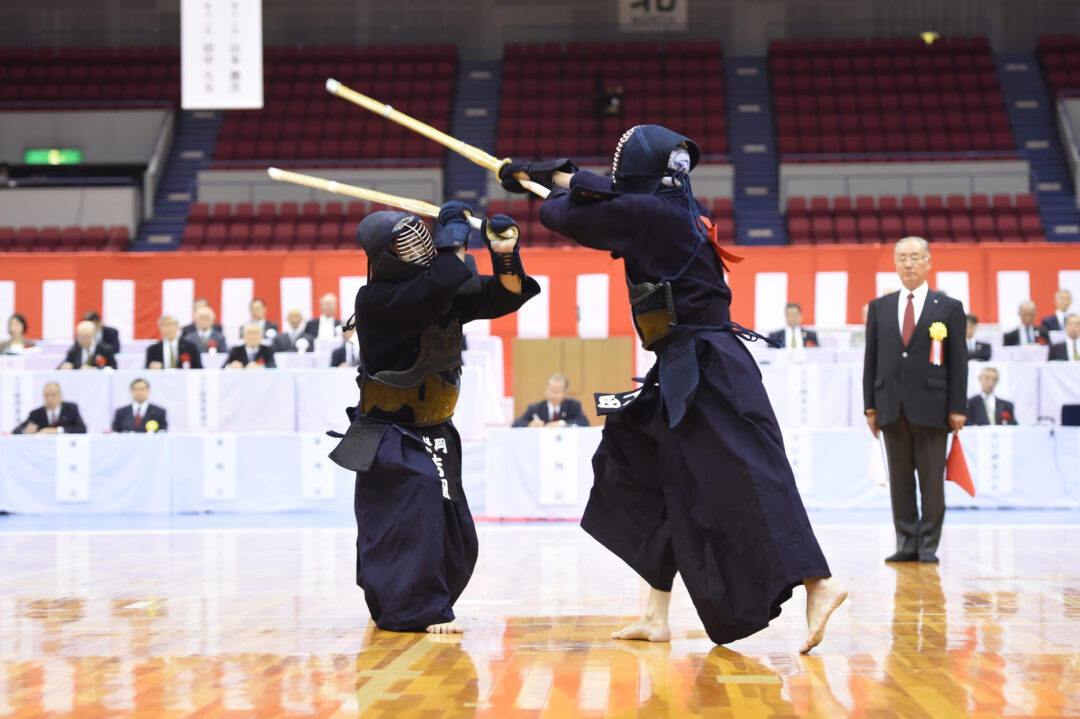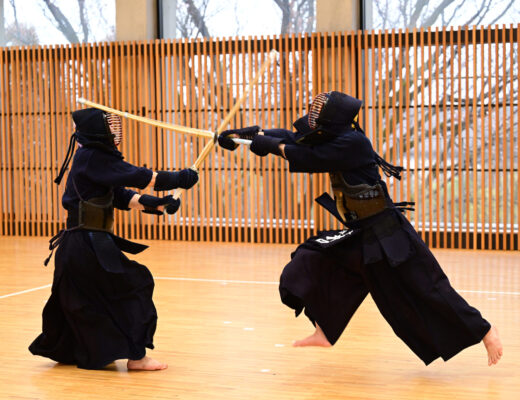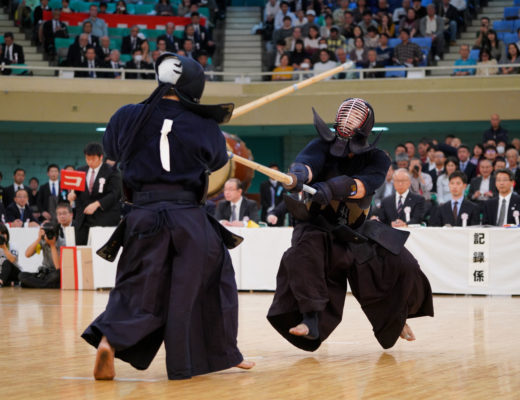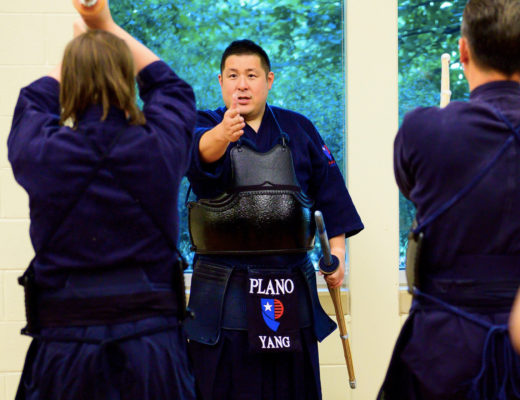2021.4 KENDOJIDAI
The COVID-19 crisis has transformed much in our lives, including the world of Kendo.
One of these transformations is the rise of Kendo YouTubers. The boom of easily accessible Kendo video content has given us great content, but we have to separate the wheat from the chaff; there is also content that uses the wrong names or categories for Waza, showcases bad Reihou, or displays careless treatment of the Shinai.
In this article, I would like to explore the positive side to this recent increase and diversification of Kendo video material and consider effective ways to turn it into a studying tool.
Compare similar videos
If you use online Kendo videos as a form of Mitori-geiko, it is best to watch videos of Kenshi that are about your age and skill level. Of course, videos of top Kenshi are still useful as reference material, but the skill level displayed is too high for most viewers to use as a direct example for their own learning.
The skill level in each strike is too different from the viewer’s; the speed, correctness and strength of each strike is exceptional. The openings that a high level Kenshi can force and use, the preparations they make for their strikes and their Seme are also of a different level than most Kenshi. Overall, a fight between high level Kenshi happens on different levels than a fight between two laymen Kenshi.
This is why it is hard to imitate what Kendo content creators of a high level explain in their videos. We have to understand that the reason these creators can only make and analyze these techniques at the level of the All Japan KENDO Championships is because they have spent an unimaginable amount of time polishing these techniques to perfection during practice.
We must also take into account that our physical and competitive skills decrease as we get older. A 4th Dan Kenshi in their twenties and a 4th Dan Kenshi in their forties do Kendo very differently; their Maai, Seme and strikes are different, and they take different opportunities to strike.
Considering this, it is important to use content of Kenshi whose age, build and style are similar to yours as much as possible.
Concerning the kind of videos to watch, it is better to watch Shinsa videos over Shiai videos, and Jigeiko videos are the most useful of all. Videos of Kihon practice are especially good to learn from.
During Shiai, Kenshi tend to get focused on hitting and winning over anything else. They will often hit with incorrect posture, or let defensive movements muddy their strike. Compared to this, Kenshi are more focused on showing correct Ippons in a short amount of time in Shinsa. Thus, Shinsa videos show less faults in posture than Shiai videos.
However, Kenshi also tend to show their most formal, by-the-books kendo during Shinsa because of the above focus on correctness. This can turn into Shinsa becoming a continuous exchange of Men strikes. These types of Shinsa are not suitable for video learning.
In contrast to the above, videos of everyday Jigeiko show Kamae, Kiai, Maai, Seme, footwork, strikes, chances and Zanshin as they come naturally to Kenshi. Kirikaeshi-uchikomi and Waza practice videos also serve this purpose well. Finding channels that upload videos like this is hard but it is also an important task; some channels may have paid subscriptions, but it is important for our video learning that we subscribe anyway.
What do I need to pay attention to?
The rest of this article is only available for Kendo Jidai International subscribers!





